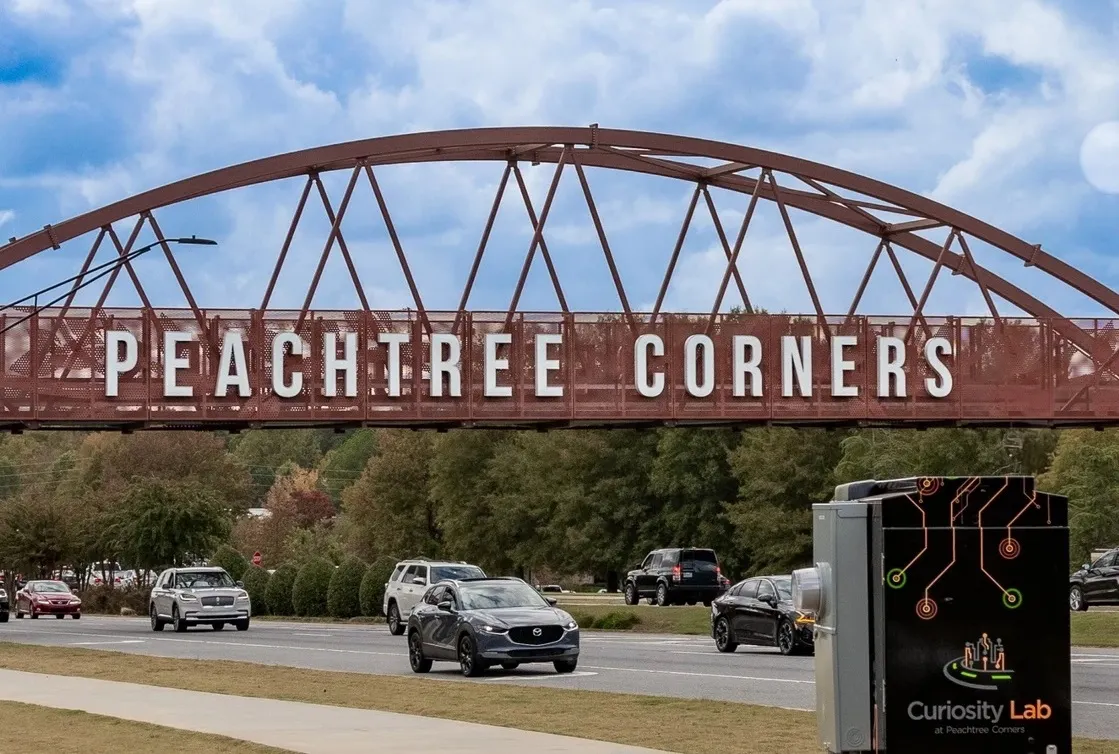
The
The fourth generation hand-held video LIDAR, LaserCam 4 is powered by the ProLaser 4 for superior performance and offers greater range to target, faster acquisition time, and image resolution of plates at longer distances providing a comprehensive video record of speed enforcement and target tracking history.
LaserCam 4 is able to wirelessly print to a Bluetooth printer for roadside citations, easily printing user selected snapshots with on-screen data, with one or two images per citation, GPS coordinates, posted speed limit, measured speed and target range, device serial number, operator ID and date and time stamp.
The device’s ergonomic and rugged design makes it suitable for hand-held operation or tripod mounting, while the ProLog back office provides secure storage for video evidence, images and metadata.









